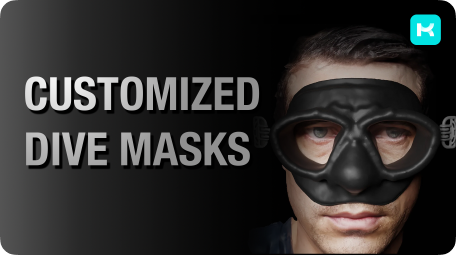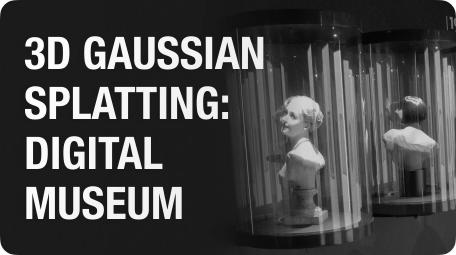2D, 2.5D, and 3D Art: Differences and Relationships
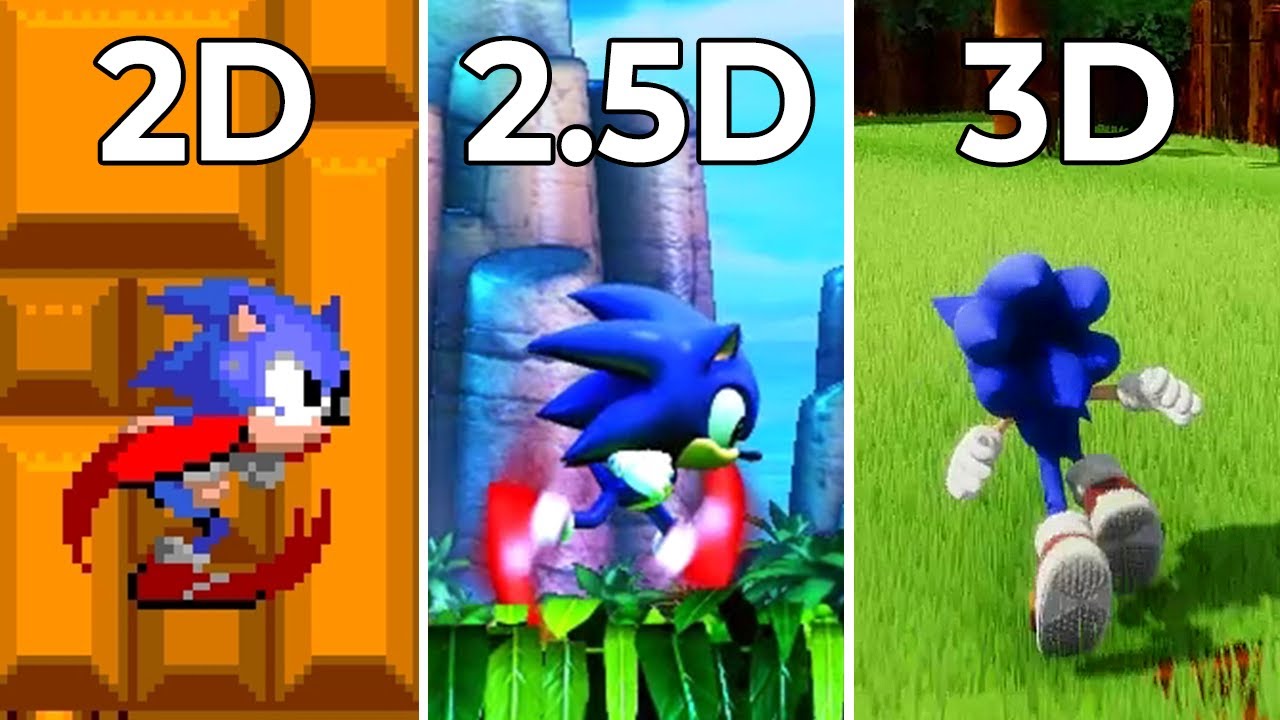
2D, 2.5D, and 3D art differ primarily in depth, perspective, and how they are created or rendered. 2D art is completely flat, using only height and width, with no actual depth. It includes traditional drawings, digital paintings, vector graphics, and pixel art. 2.5D art is a hybrid between 2D and 3D, where objects appear to have depth but are not fully three-dimensional. This is often achieved through techniques like parallax scrolling, isometric projection, or the use of lighting and shading to simulate volume. Examples include isometric game graphics, cutout animation, and pseudo-3D effects in games. 3D art, on the other hand, fully utilizes height, width, and depth, allowing objects to exist in a three-dimensional space. This includes 3D modeling, sculpting, animation, and rendering used in video games, films, and virtual reality. The relationship between them is fluid—2D art can serve as textures or concept designs for 3D models, while 3D renders can be stylized to appear like 2D illustrations. Many modern games and animations blend these styles to achieve unique visual aesthetics.
2D Art Examples
2D art encompasses a wide range of artistic styles and mediums, from traditional hand-drawn illustrations to digital paintings and vector graphics. Classic examples include hand-drawn sketches, watercolors, and oil paintings, which have been used for centuries in fine art. In modern times, digital illustrations created using software like Photoshop, Procreate, or Illustrator have become increasingly popular, allowing artists to craft intricate character designs, vibrant landscapes, and stylized portraits. Pixel art, often seen in retro video games, relies on carefully placed pixels to create visually striking compositions with a nostalgic appeal. Another prominent category is vector art, which is composed of scalable shapes and lines, making it ideal for logos, icons, and graphic design projects. Comic book art, which merges line work, shading, and dynamic compositions, is another well-known form, often used to convey action-packed stories and expressive characters. Typography-based art, where letters and text are creatively arranged to form images or abstract designs, also falls under 2D art. In addition, concept art plays a vital role in the entertainment industry, helping to visualize characters, environments, and props for video games and films. Whether traditional or digital, 2D art remains a fundamental and versatile form of creative expression, continuously evolving with new techniques and tools.
2D Art: Digital Paintings
Here are some of the most iconic original digital paintings:
Art by Jama Jurabaev – Renowned for his sci-fi and fantasy digital artwork, including movie concept designs. The image is from ArtStation.

Digital Paintings by Raf Grassetti – Known for his work as a character artist at Sony, Grassetti’s digital sculptures and paintings are highly regarded.
WLOP is a highly influential digital painter known for his ethereal, anime-inspired artworks that blend soft, painterly brushstrokes with dramatic lighting and atmospheric depth, pushing the boundaries of digital painting with a dreamlike, cinematic aesthetic. Image from WLOP's Instagram.
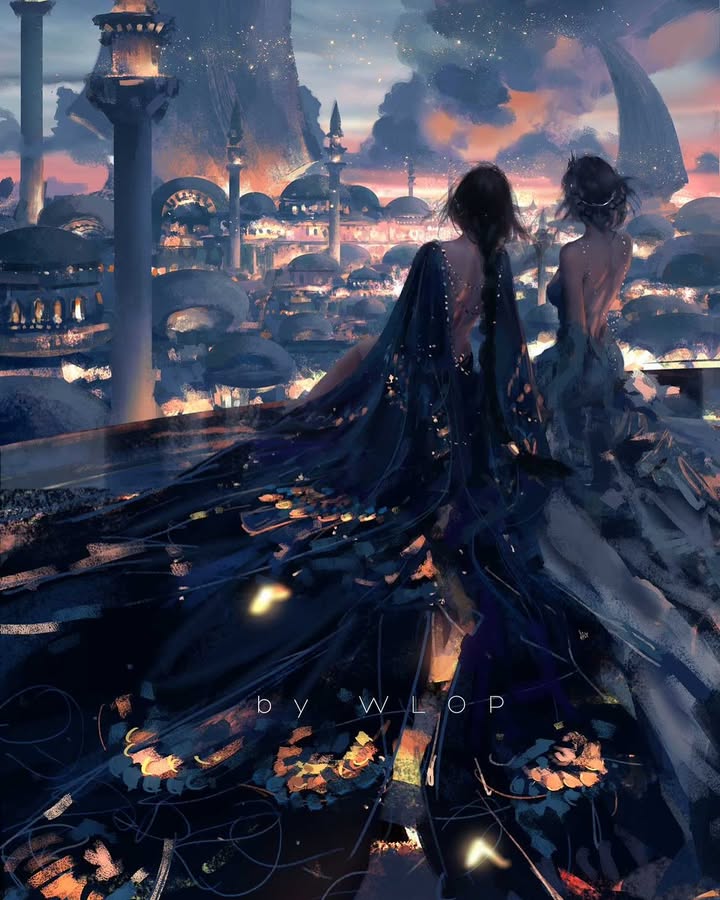
Concept Art for Cyberpunk 2077 and The Witcher by CD Projekt Red – The digital artwork created for these games is a prime example of futuristic, high-detail digital painting.
The image is from CD Projekt Red's Instagram.

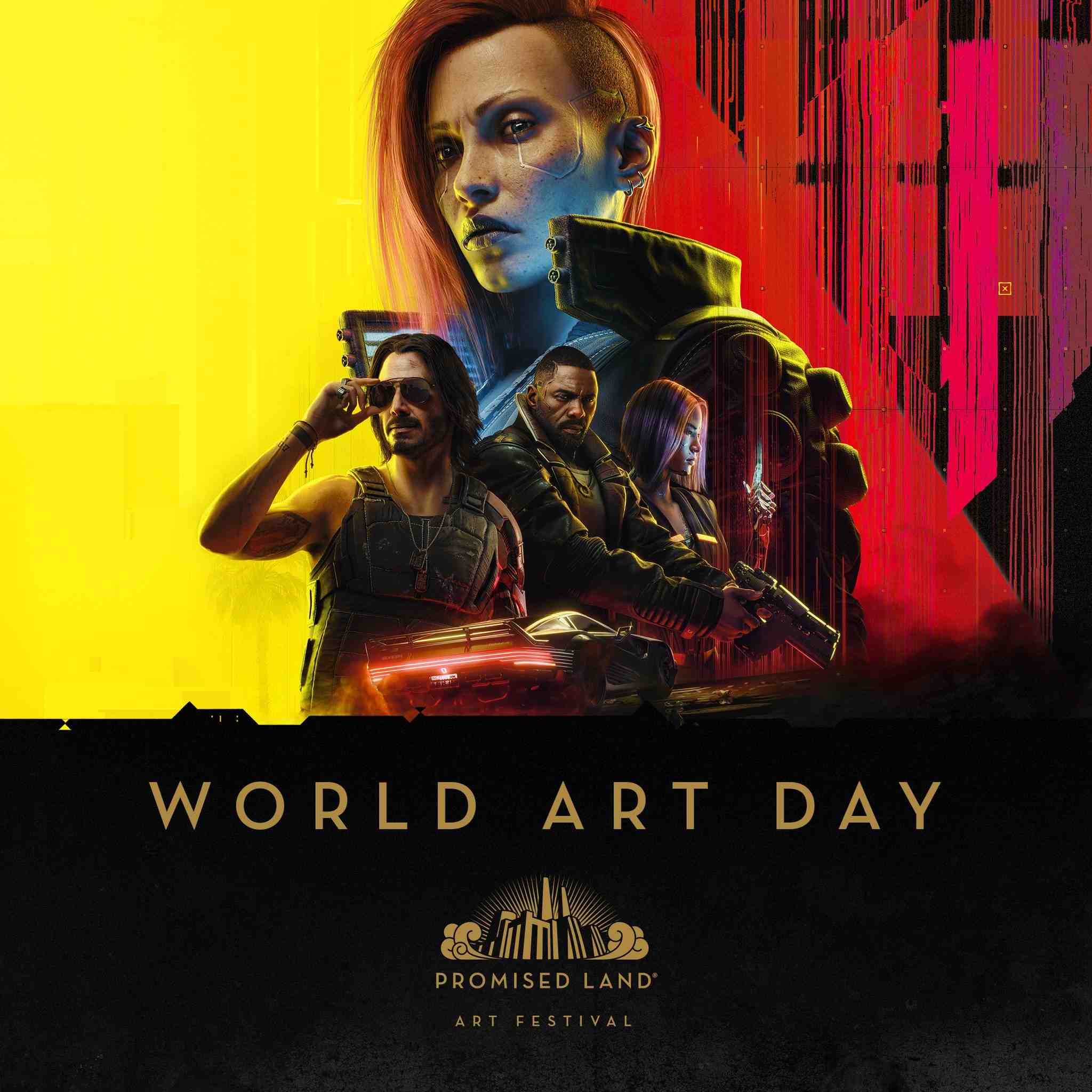
Artwork by Craig Mullins–One of the pioneers in digital painting, with contributions to major games and films like Halo and The Matrix. The image is from his Instagram.
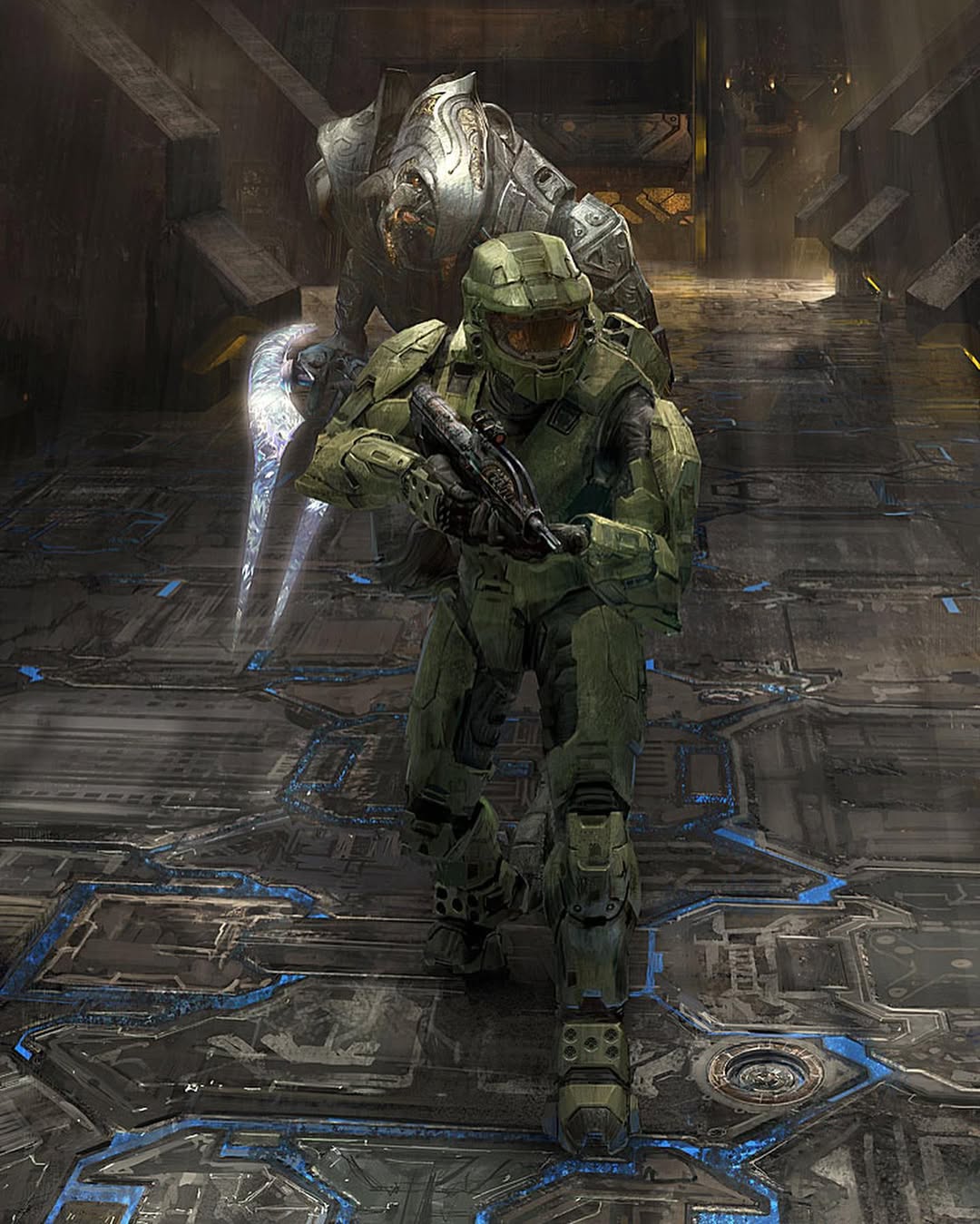
These works are all original pieces created directly with digital painting techniques, using software like Photoshop, Procreate, or Corel Painter.
The following are some digital paintings created by outstanding artists on Twitter.

This artwork is from XavierILL' Twitter.
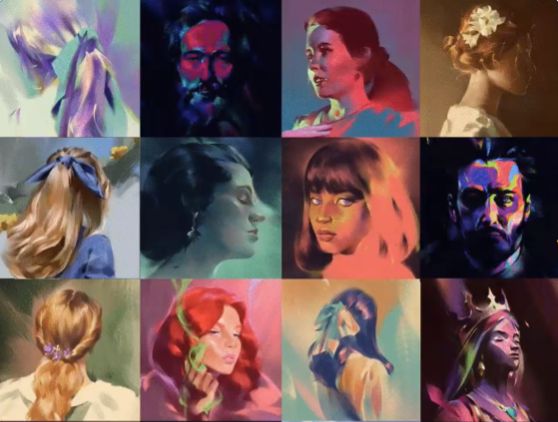
This artwork is from XpRnz' Twitter.
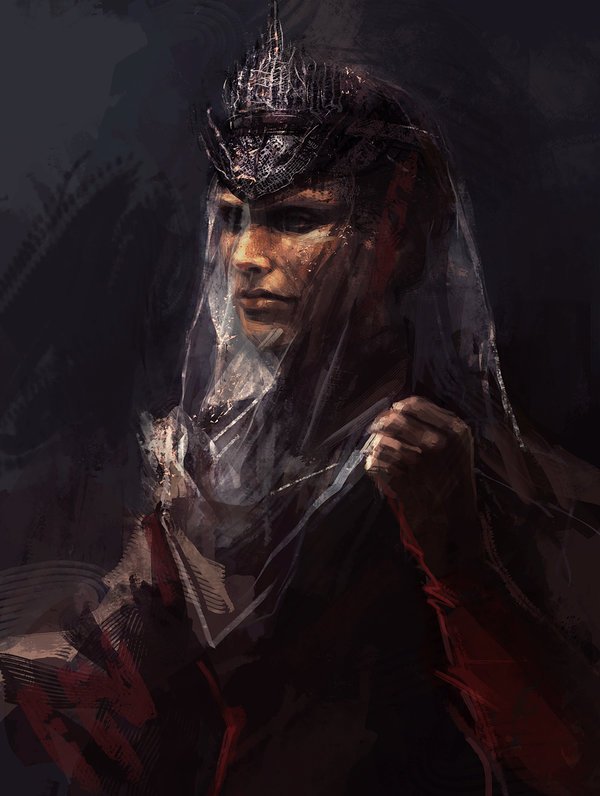
This artwork is from DeviantArt' Twitter.
2D Art: Pixel Art
The low-resolution pixel art style, a hallmark of retro and indie games, is exemplified by foundational classics such as Super Mario Bros. (1985) and contemporary successes like Stardew Valley. This pixel-based approach, rooted in early computing limitations, has evolved into a deliberate aesthetic choice, balancing nostalgic charm with modern design efficiency.
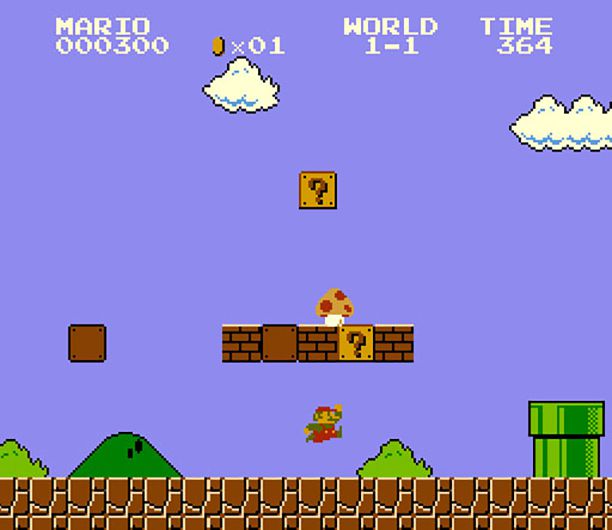
Super Mario Bros

Stardew Valley
2D Art: Vector Art
Scalable graphics created using Illustrator and other vector-based software, commonly used in logos, icons, illustrations, and UI design.
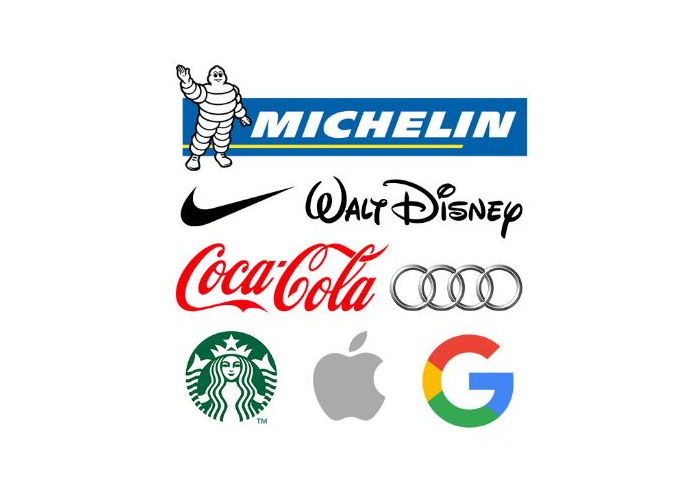
Brand Logos
2D Art: Hand-Drawn Illustrations
Traditional sketches or ink drawings on paper.
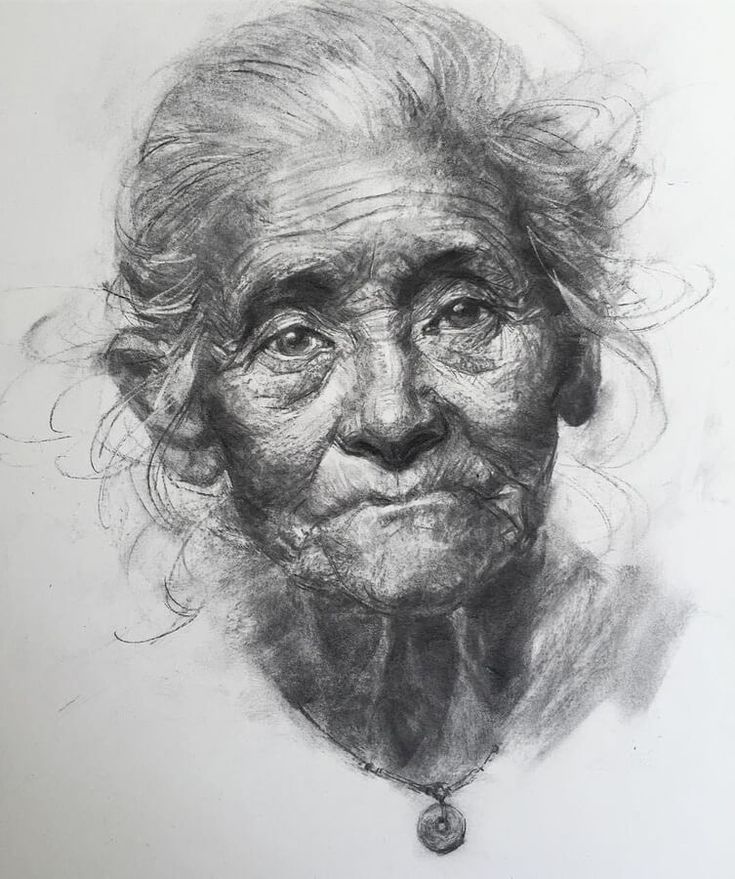
Elderly Portrait (Traditional Sketch)
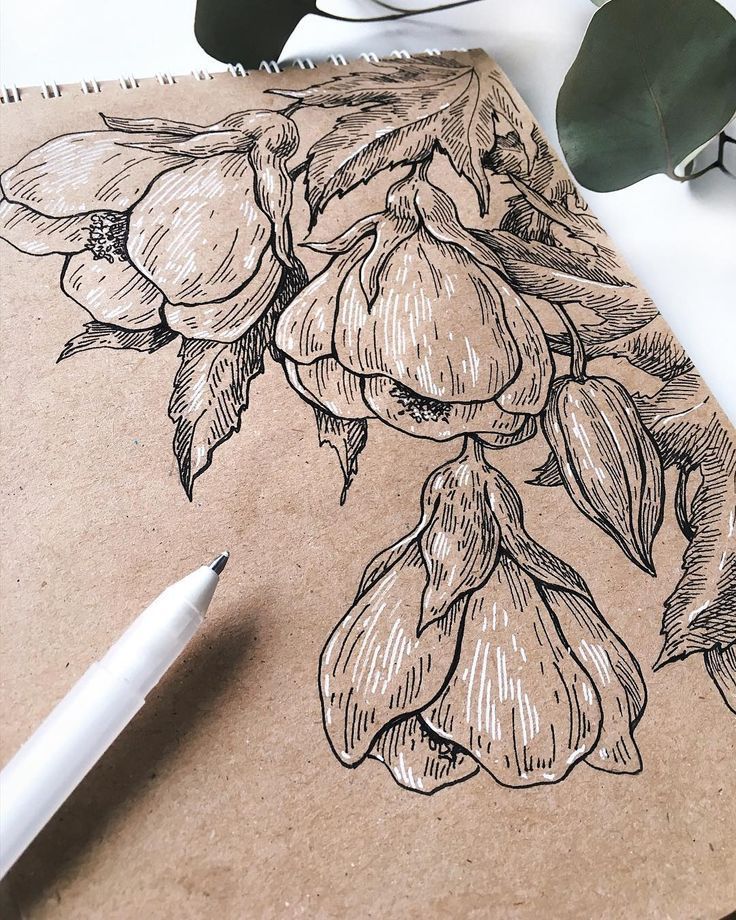
Flower Ink Drawing
2D Art: Watercolor and Oil Paintings
Classic fine art techniques using pigments, where watercolor offers translucent, delicate effects and oil painting provides rich, textured finishes. Both techniques have been widely used throughout history to create detailed, expressive works of art.
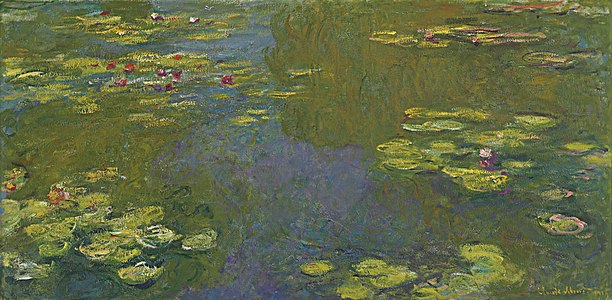
Water Lilies By Claude Monet (Watercolor)
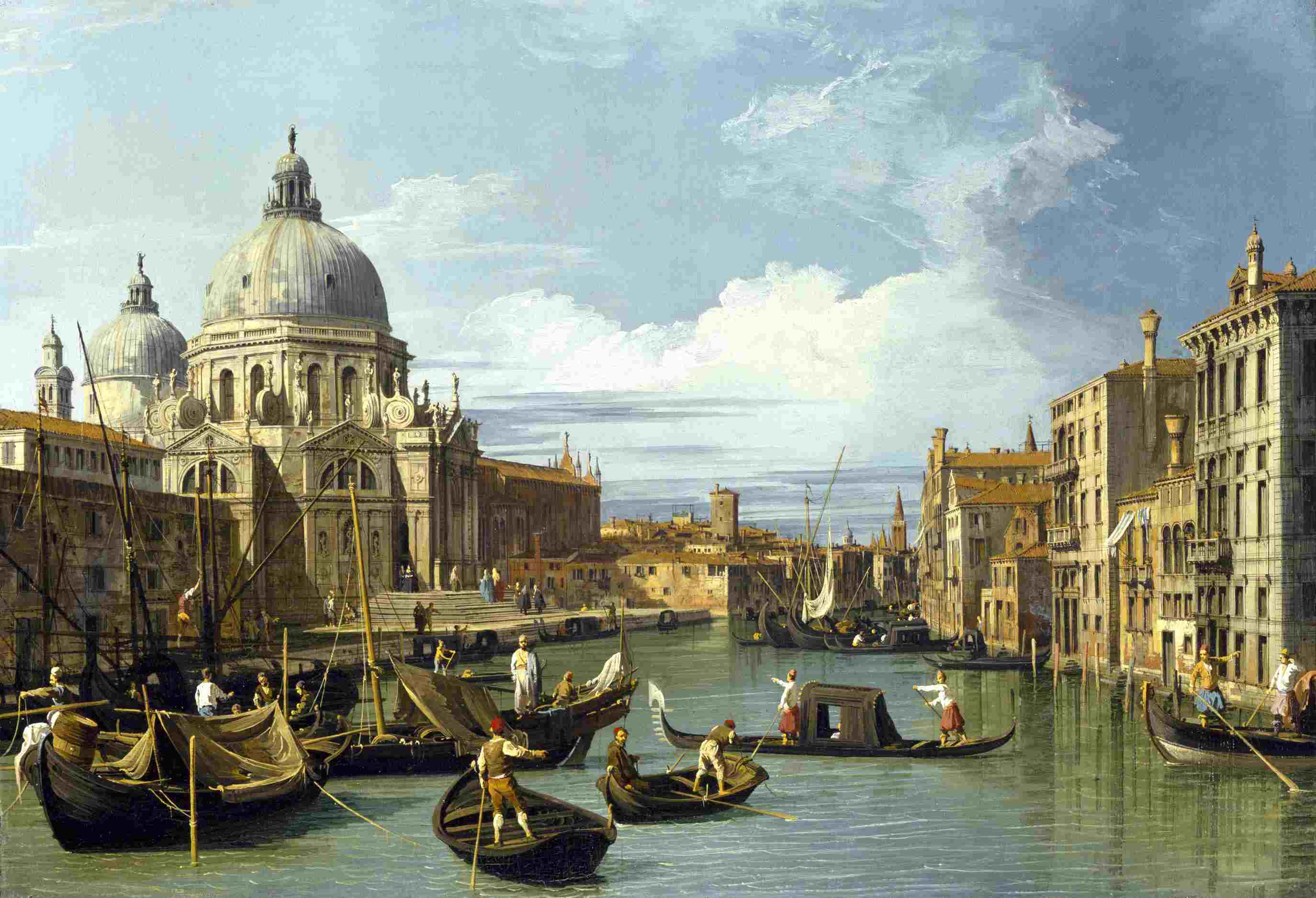
The Entrance to the Grand Canal, Venice By Canaletto (Oil Painting)
2D Art: Comic Book Art
Stylized line work, shading, and vibrant colors used in graphic novels and comic books to tell dynamic, visual stories. This art style emphasizes strong contrasts, expressive characters, and dramatic compositions. Notable examples include Marvel Comics, famous for iconic heroes like Spider-Man, Iron Man, and the X-Men, as well as Transformers, known for its detailed designs and action-packed sequences in both comics and animated series.
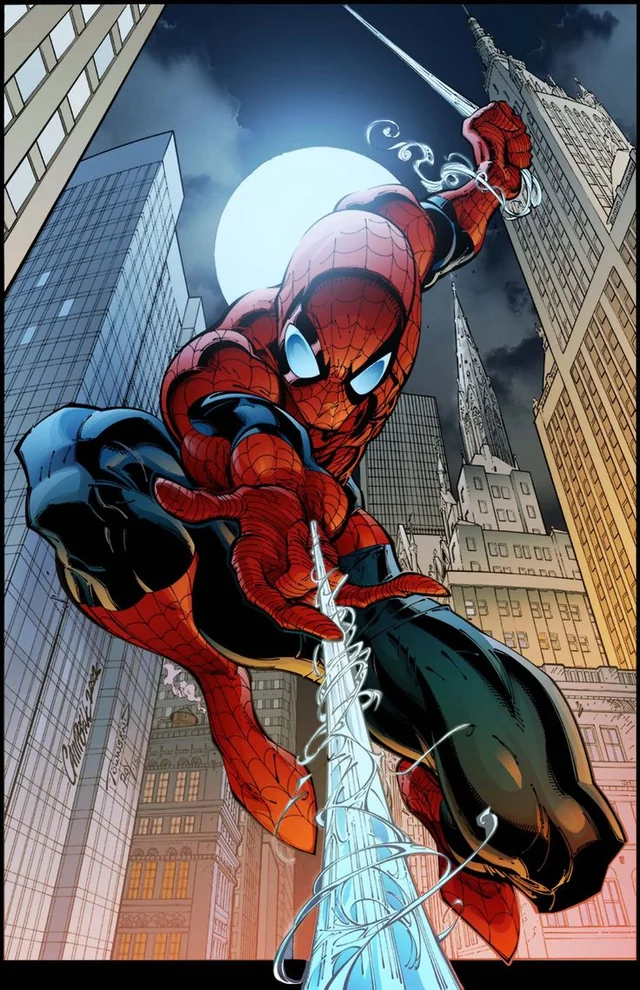
Spider-Man (Comic Art)
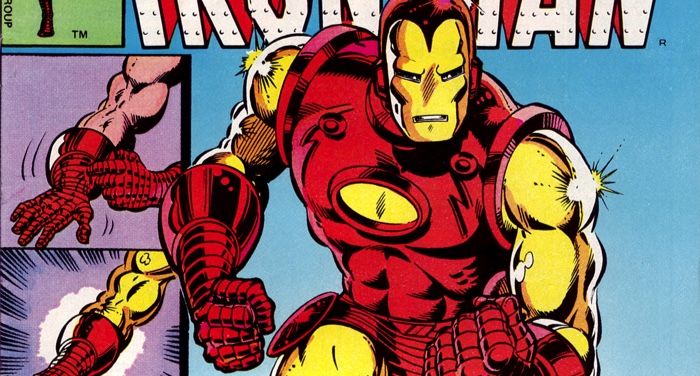
Iron Man (Comic Art)
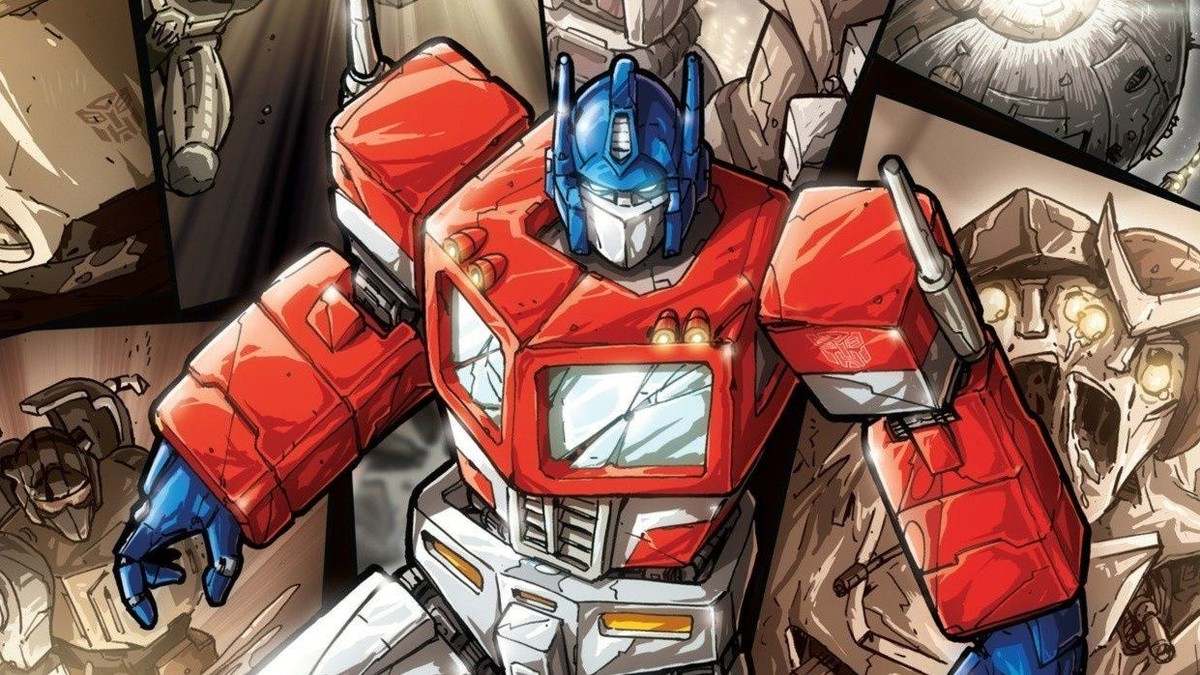
Transformers (Comic Art)
2D Art: Typography Art
Text is creatively arranged to form images, abstract designs, or expressive compositions, blending visual and verbal communication. This art style is widely used in posters, advertisements, logos, and contemporary digital art, often making a strong visual impact through unique lettering and layout techniques.
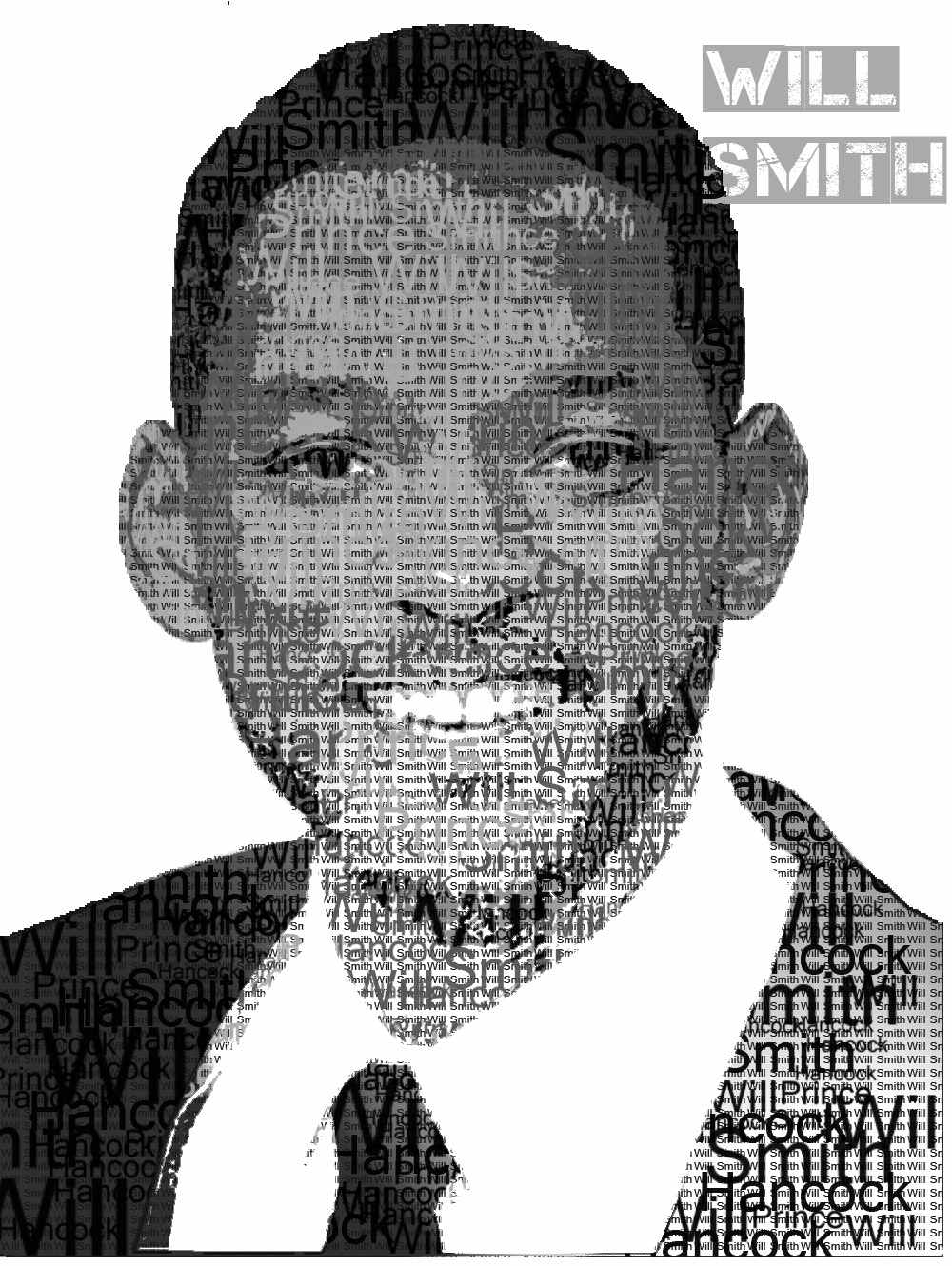
Will Smith (Typography Art)
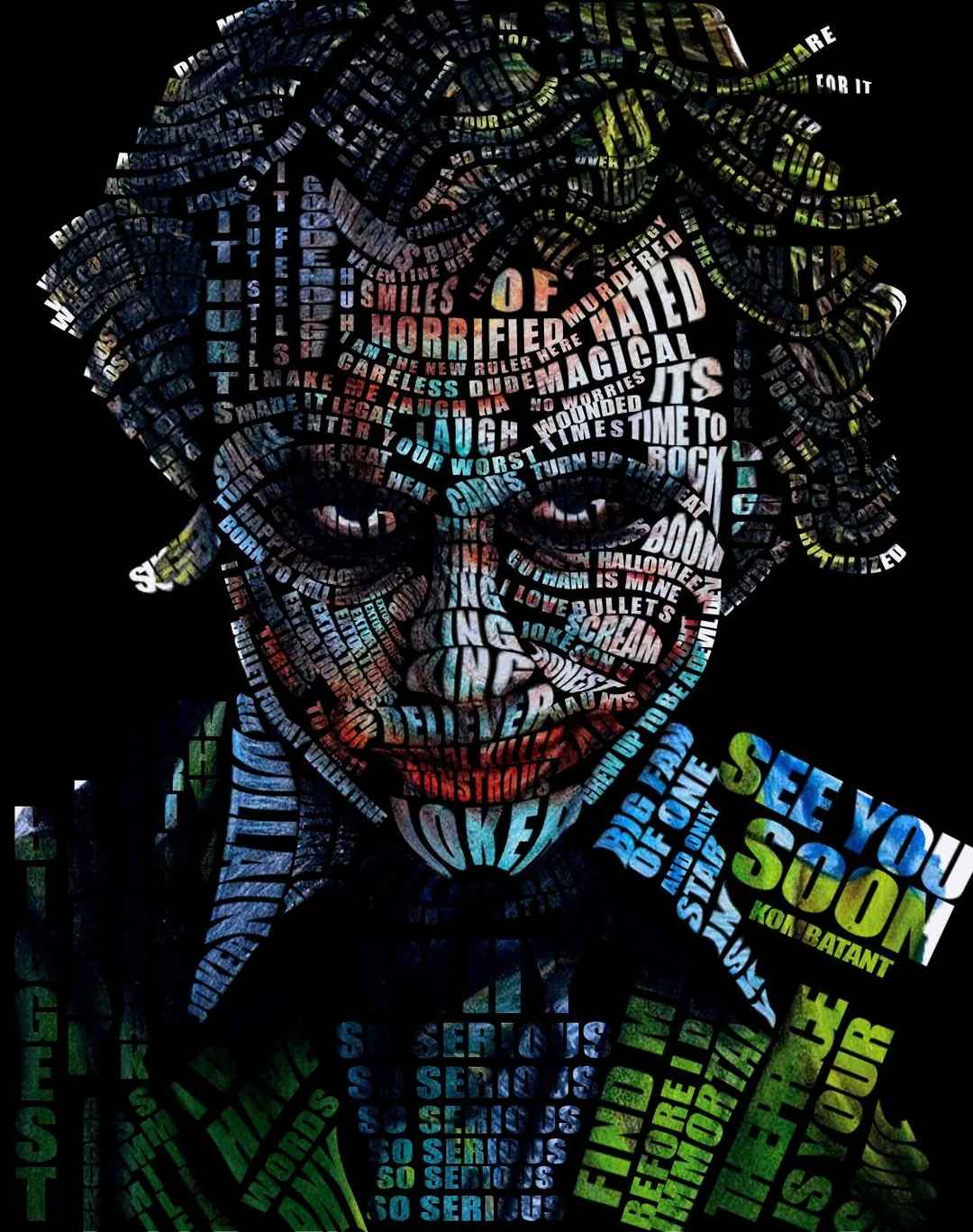
Joker (Typography Art)
2D Art: Concept Art
Used in games, films, and animation to design characters, environments, creatures, and props, helping to visualize ideas before production. Concept art focuses on mood, composition, and storytelling, often blending realism with imaginative elements. Famous examples include concept art for Star Wars, The Lord of the Rings, and video games like The Legend of Zelda and Cyberpunk 2077.
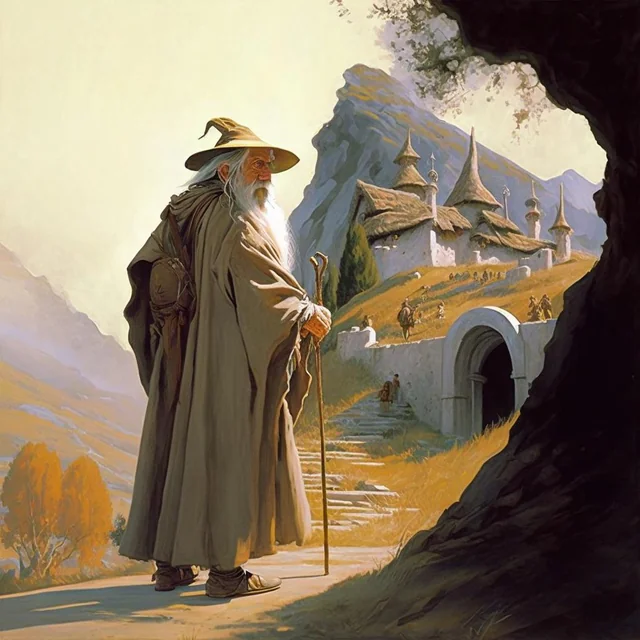
Lord of the Rings (Concept Art)
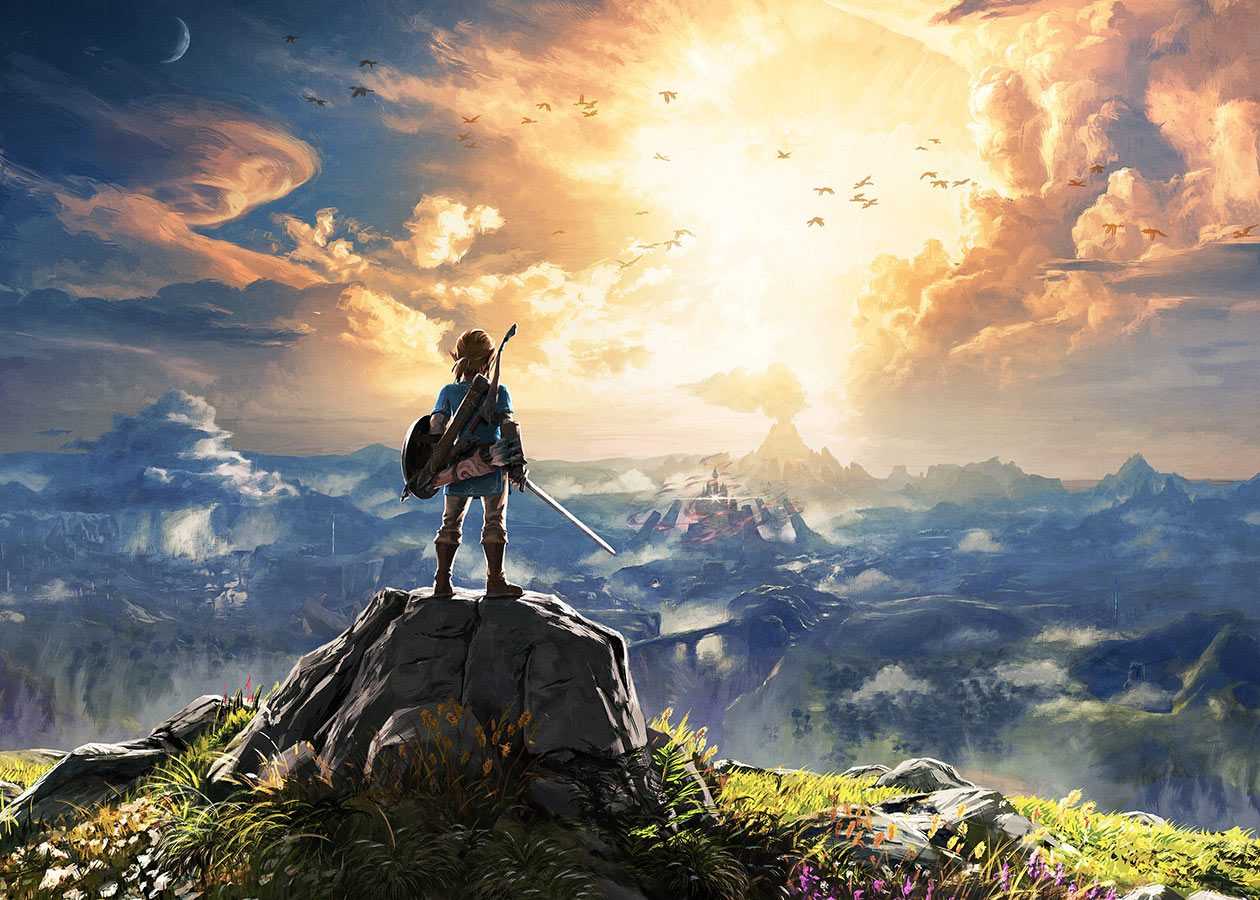
The Legend Of Zelda: Breath Of The Wild (Concept Art)
2.5D Art Examples
2.5D Art is a creative approach that blends 2D techniques with 3D depth, producing visuals that appear partially three-dimensional while retaining their fundamentally 2D nature. This technique is widely used in games, animation, digital illustration, and design, utilizing elements such as layered depth, perspective tricks, lighting effects, and isometric projection to simulate 3D space. Below are examples of 2.5D Art categorized by application and technical approach, illustrating how 2.5D principles enhance different creative fields.
Video Games
In video games, 2.5D art is used to merge 2D gameplay with 3D visual elements, creating a sense of depth while maintaining classic mechanics. Rayman Origins is a prime example, featuring hand-drawn 2D characters animated within a richly layered world that uses lighting and parallax effects to add depth. Street Fighter IV takes a different approach by using fully 3D-modeled characters and environments but keeping the traditional side-view fighting gameplay, making it a true blend of 2D mechanics and 3D visuals. Paper Mario: The Origami King further pushes the 2.5D concept with a world built from paper-like materials, where characters and objects appear flat but interact with 3D-like spaces, creating a playful and visually striking hybrid aesthetic.
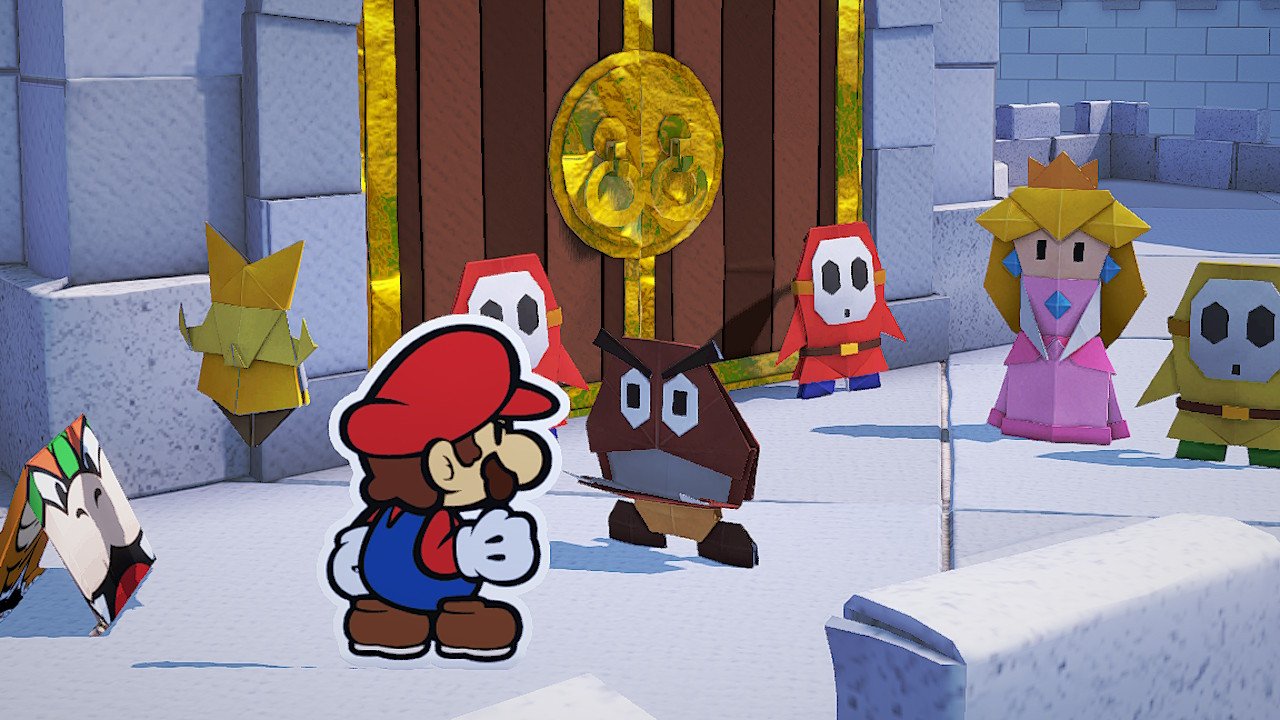
Paper Mario: The Origami King (Video Game)
Film & Animation
In film and animation, 2.5D art is often used to blend 2D aesthetics with 3D technology, creating a unique visual experience. Spider-Man: Into the Spider-Verse is a well-known example, using a combination of 3D character models with hand-drawn comic-style textures, halftone shading, and frame-skipping techniques to mimic traditional animation.
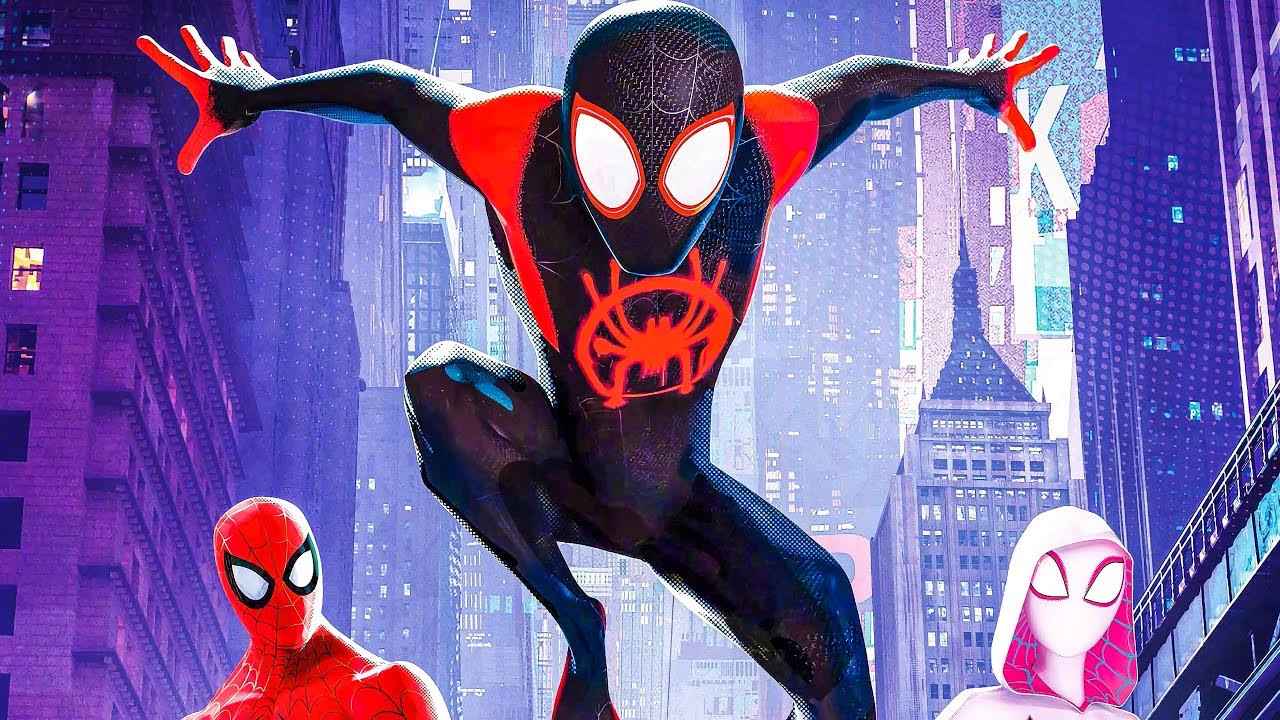
Spider-Man: Into the Spider-Verse
Digital Illustration & UI Design
Core Technique: Isometric projection, layered compositions, and lighting effects.
Classic Example: Isometric Infographics from the 1972 Munich Olympics by Otl Aicher – Used pseudo-3D perspective to represent sports venues in a visually structured way.
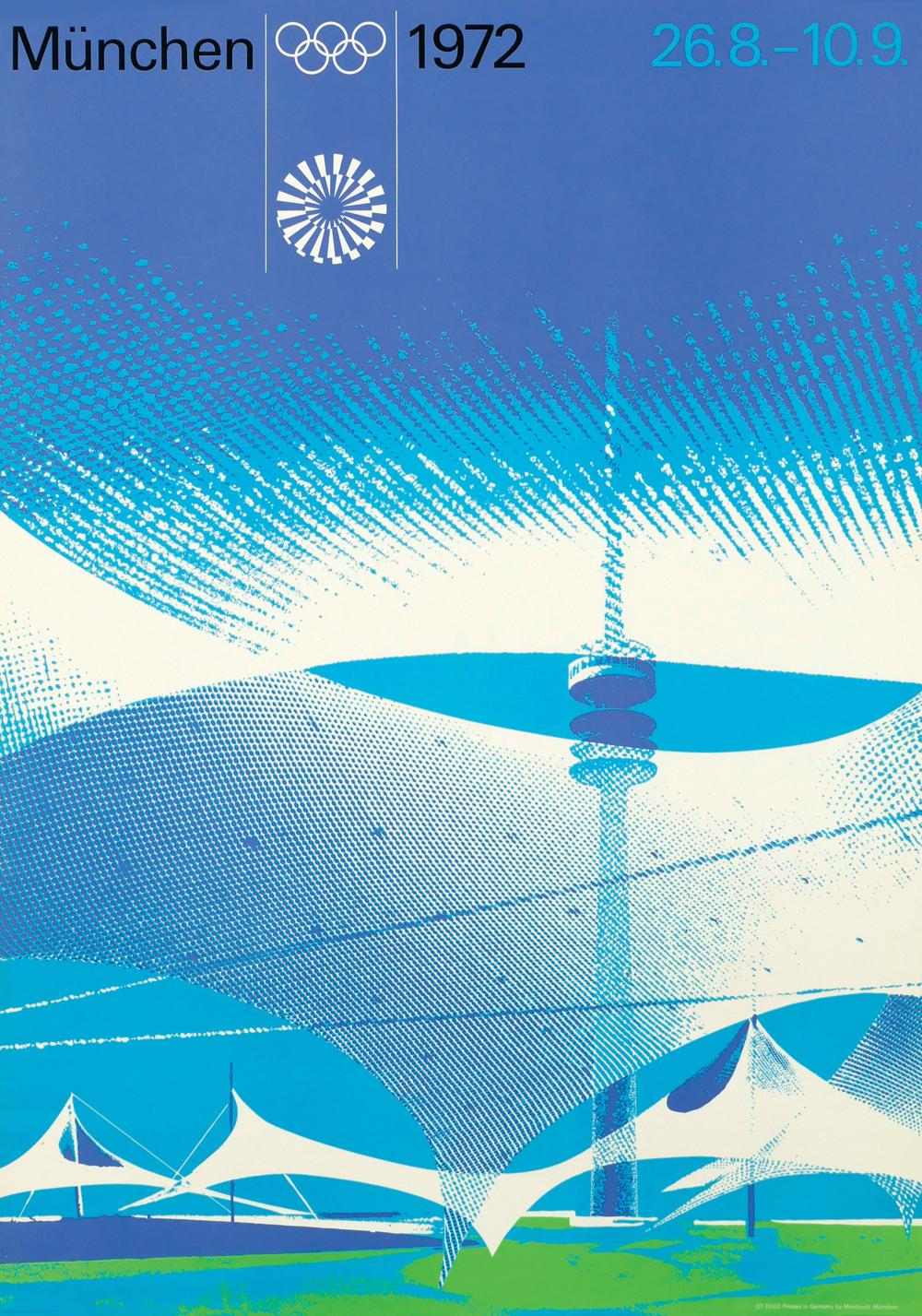
Modern Example: Apple’s macOS Monterey Icons (2021) – Flat vector-based icons enhanced with subtle lighting, shadows, and glass morphism effects to create depth.

Advertising & Interactive Media
Advertising and interactive media often utilize forced perspective and elevation techniques to simulate 3D depth, enhancing visual engagement and creating immersive experiences.
Classic Example: IKEA Catalog Renderings (1990s–2000s) – Used forced perspective in product displays to flatten real 3D spaces into a semi-2D look.
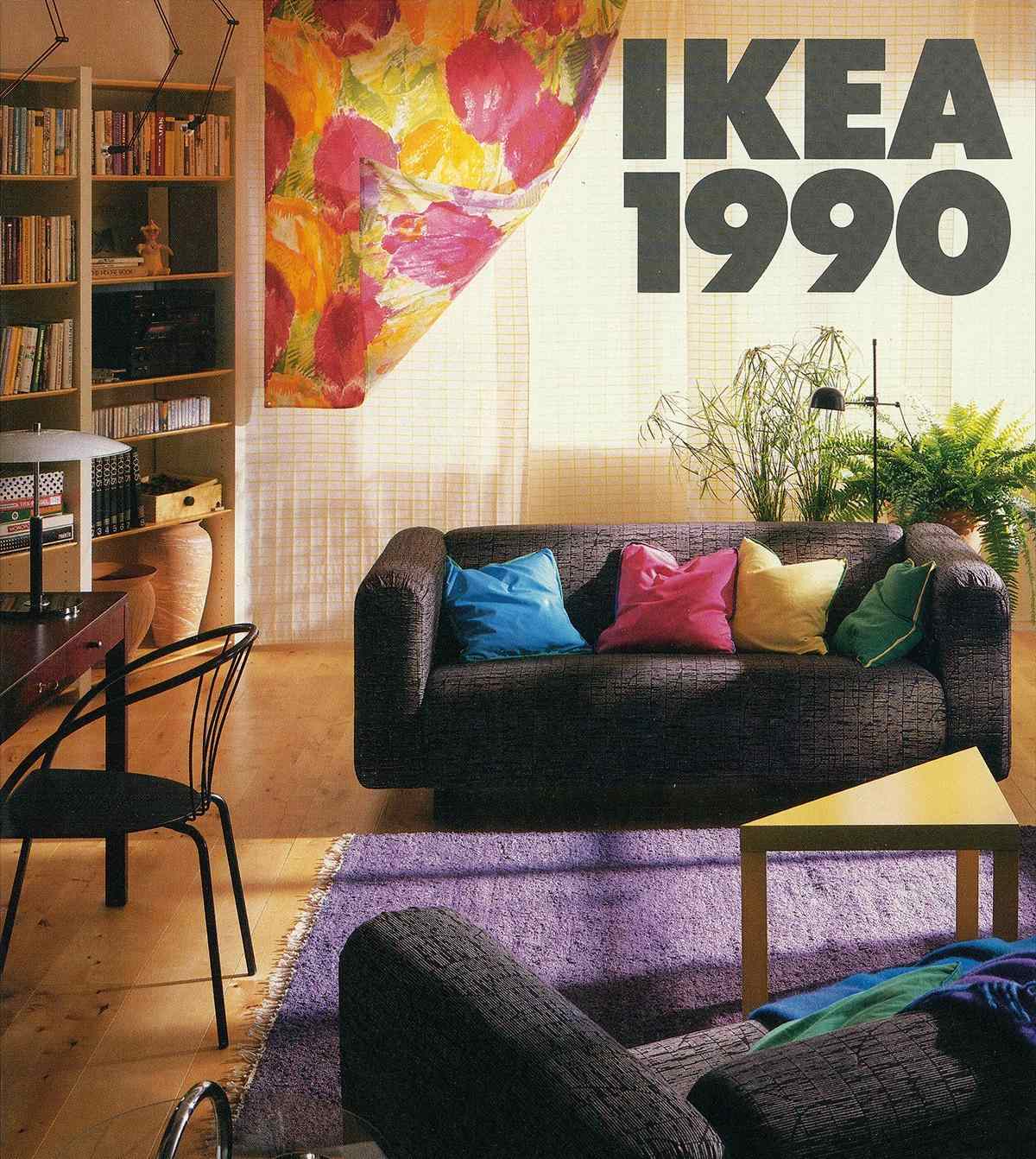
Modern Example: Google’s Material Design (2014–Present) – Implements layered UI components with elevation shadows and animation to mimic real-world depth on digital screens.
Experimental Art & Installations
Core Technique: Optical illusions and anamorphic projections.
Classic Example: Hans Holbein’s The Ambassadors (1533) – A Renaissance painting featuring an anamorphic skull that appears distorted from most angles but becomes a recognizable 3D shape when viewed from a specific perspective.
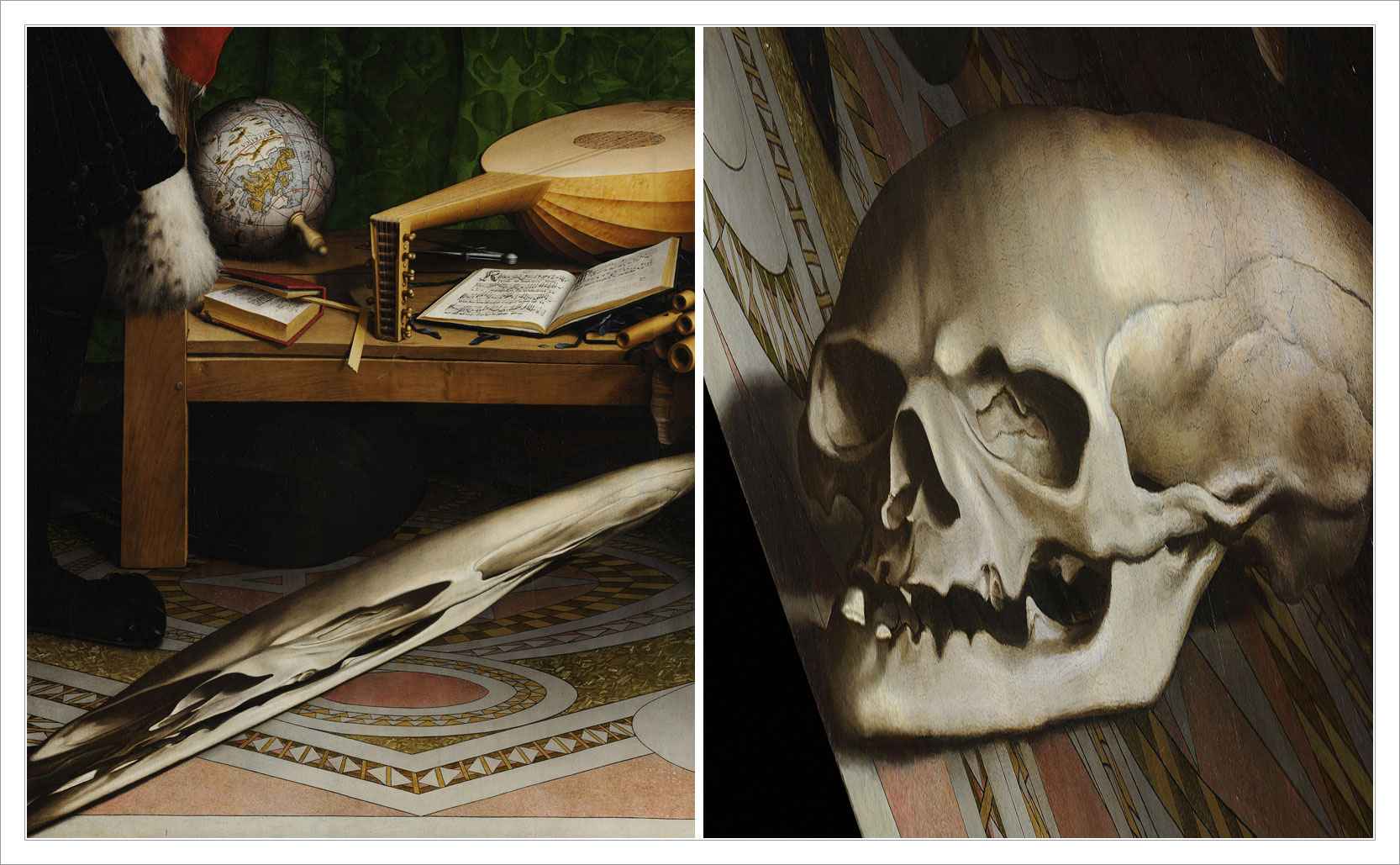
Modern Example: James Turrell’s Light Installations–Large-scale immersive artworks that manipulate light and space to create illusions of depth, making viewers question the boundaries between physical and perceived reality.
Print & Branding Design
Core Technique: Layered flat design with depth cues.
Classic Example: Swiss International Style (1950s–60s) – A graphic design movement led by designers like Josef Müller-Brockmann, utilizing grids, overlapping elements, and contrast to create a sense of structure and depth in flat compositions.
Modern Example: Apple’s iOS 7+ Interface Design (2013–present) – Introduced a "flat design" aesthetic with subtle layering, translucency effects, and parallax scrolling to imply depth while maintaining a minimalist and modern look.

3D Art Examples
3D Art encompasses a broad range of styles and applications, spanning from digital creations in video games and movies to physical sculptures and installations. Unlike 2D or 2.5D art, which relies on perspective tricks to create an illusion of depth, 3D art exists in fully three-dimensional space, allowing for realistic lighting, shadows, and depth.
In the entertainment industry, 3D modeling and rendering play a crucial role in video games and animated films. Games like The Legend of Zelda: Breath of the Wild and Cyberpunk 2077 showcase highly detailed 3D environments, characters, and objects with realistic textures and dynamic lighting. Similarly, animated movies such as Toy Story and Avatar use advanced 3D animation techniques, including motion capture and ray tracing, to create lifelike characters and immersive worlds.
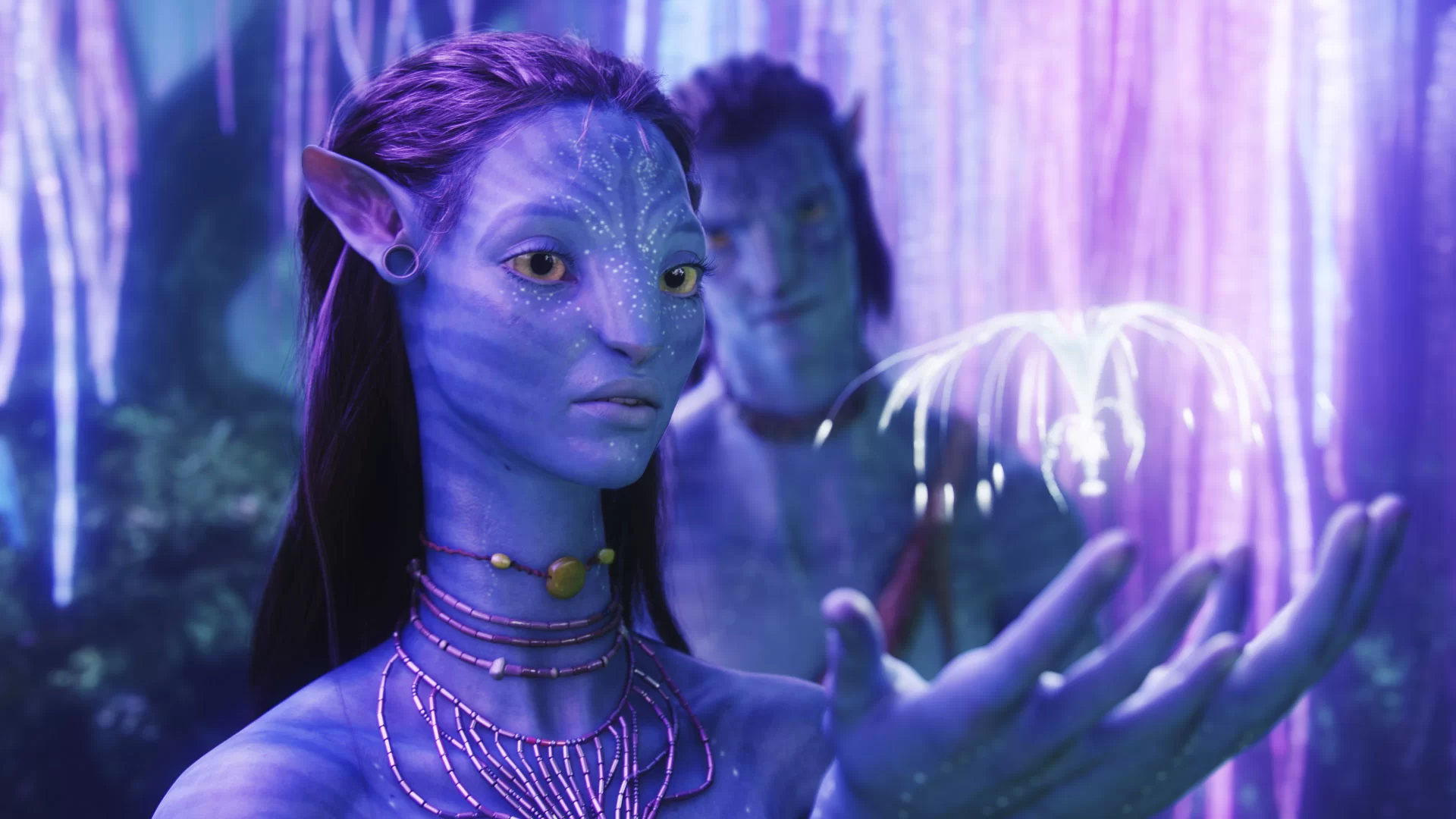
A Still from Avatar
Beyond entertainment, 3D art is also widely used in architecture, product design, and visual effects (VFX). Architects and designers rely on 3D modeling software like Blender, Maya, and 3ds Max to create realistic visualizations of buildings, furniture, and industrial products before they are physically constructed. VFX-heavy films, such as Avengers: Endgame, utilize CGI and 3D compositing to seamlessly integrate computer-generated elements with live-action footage.
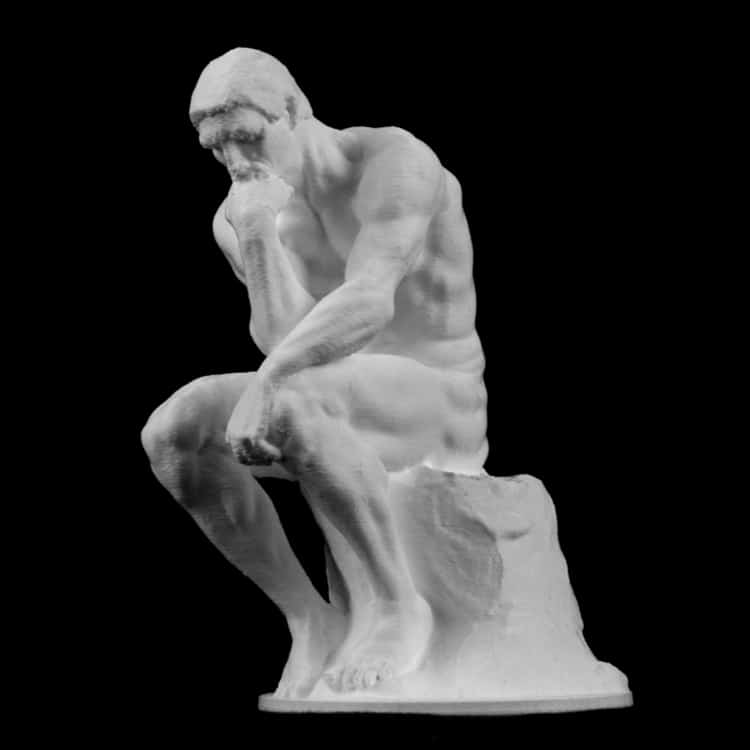
3D Sculpture The Thinker
In the realm of fine art, 3D sculptures and installations push creative boundaries, blending digital fabrication techniques with traditional craftsmanship. Contemporary artists use 3D printing, virtual reality (VR), and augmented reality (AR) to create interactive and immersive experiences, expanding the possibilities of artistic expression. For example, 3D-printed sculptures by artists like Joshua Harker and Refik Anadol’s AI-generated 3D visualizations demonstrate how technology is transforming the landscape of modern art.
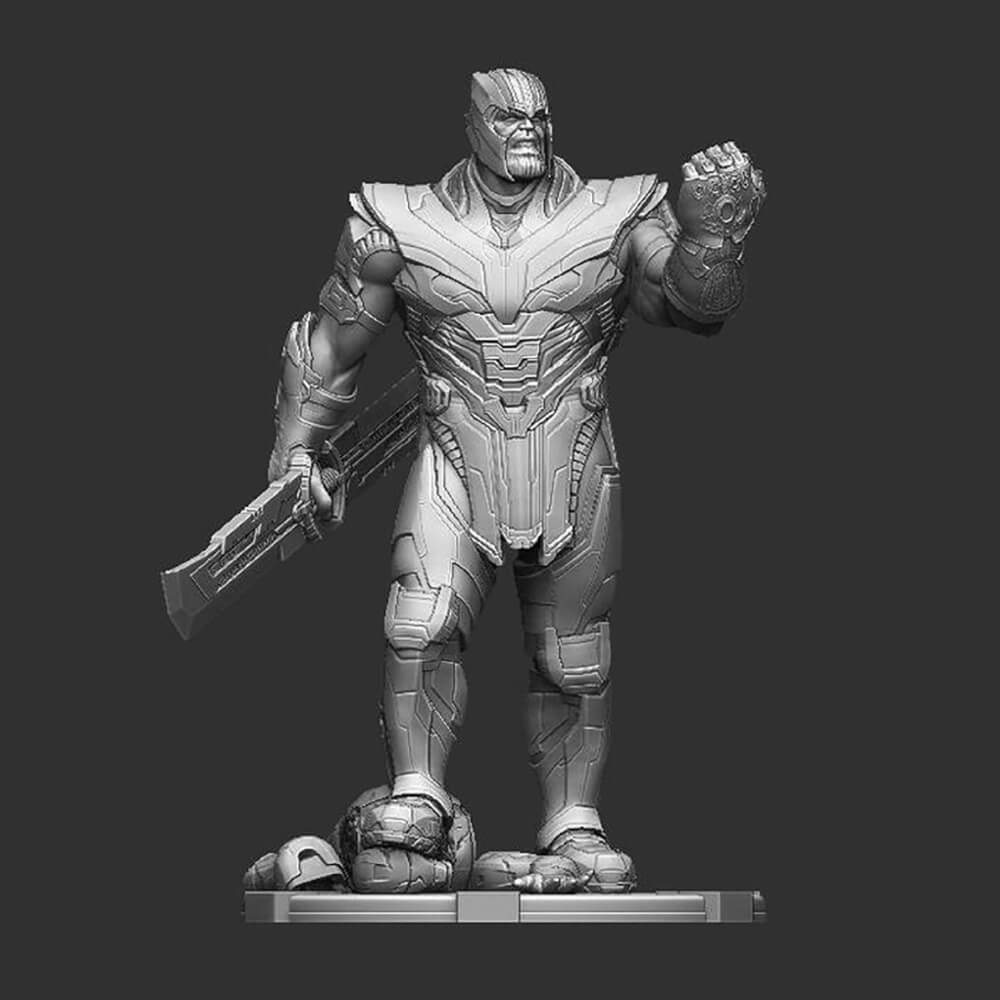
3D Model of Thanos from Avengers Endgame
From gaming and film to architecture, design, and fine art, 3D art continues to evolve, offering endless possibilities for creativity and innovation. Whether through digital rendering, physical sculptures, or interactive installations, it remains one of the most versatile and impactful artistic mediums.
The Best 3D Art Tool for Restoration: KIRI Engine
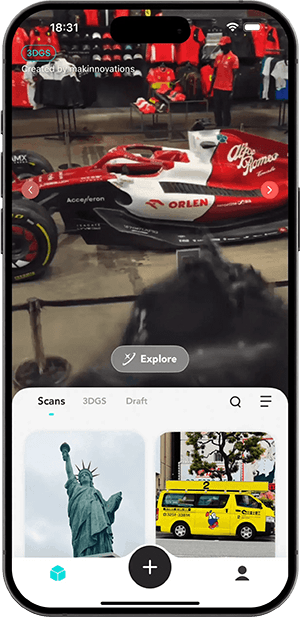
KIRI Engine, a powerful 3D scanning app. KIRI Engine plays a significant role in digital art by enabling artists to digitally capture and transform real-world objects into highly detailed 3D models through scanning technology. This process allows for the seamless integration of physical textures and organic forms into digital compositions, effectively bridging the gap between the physical and virtual worlds. Artists can use KIRI Engine to bring real-world elements into AR, VR, and generative art projects, preserving their authenticity while expanding creative possibilities. Its precision and accessibility empower creatives to experiment with depth, perspective, and spatial illusions, pushing the boundaries of contemporary digital art.





